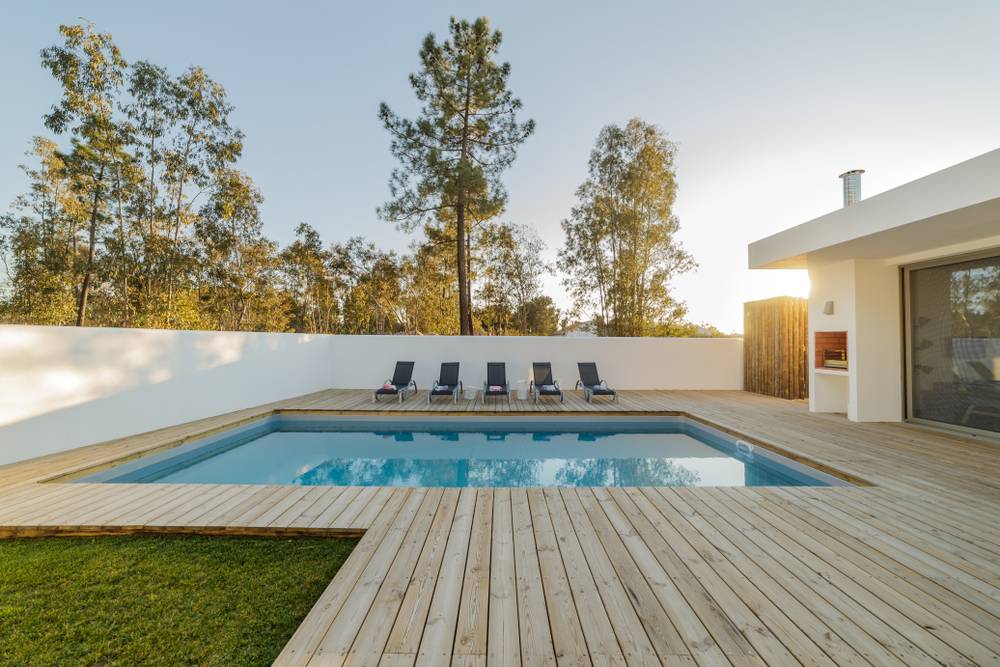Does anyone know of a product or any other idea to minimize algae buildup on the portion of rocks that are under the waterline? If doesn’t matter how much chlorine I put in the pool, as soon as high temps hit Dallas, these rocks become a nightmare. Meaning, literally the whole pool will be spotless with zero algae, but algae still will be embedded into these rocks. I literally have to brush them daily. And because they are so porous, it’s not simply a one or two pass brush with the wire brush, I have to be in the water and spend 10 minuetes on each section to get most of the algae off(but even then I literally can’t always get all of it). Sometimes I even use a chlorine puck to go over the rocks and then brush and I still can’t get it all.
I’m going to drain the pool a bit to put in a new light and I would love to be able to do something with this rock. Because it is the biggest beatdown ever. Because if I neglect it, that rock basically turns into just a slimey dark green pond on the rock.
I thought possibly of putting plaster over the rock, but I don’t know that it would even bond. I just need something that will prevent the algae from getting so embedded into the rock. I keep up with my pool brushing it daily,but having to spend an hour brushing the rock is just not fun.
I’m going to drain the pool a bit to put in a new light and I would love to be able to do something with this rock. Because it is the biggest beatdown ever. Because if I neglect it, that rock basically turns into just a slimey dark green pond on the rock.
I thought possibly of putting plaster over the rock, but I don’t know that it would even bond. I just need something that will prevent the algae from getting so embedded into the rock. I keep up with my pool brushing it daily,but having to spend an hour brushing the rock is just not fun.




